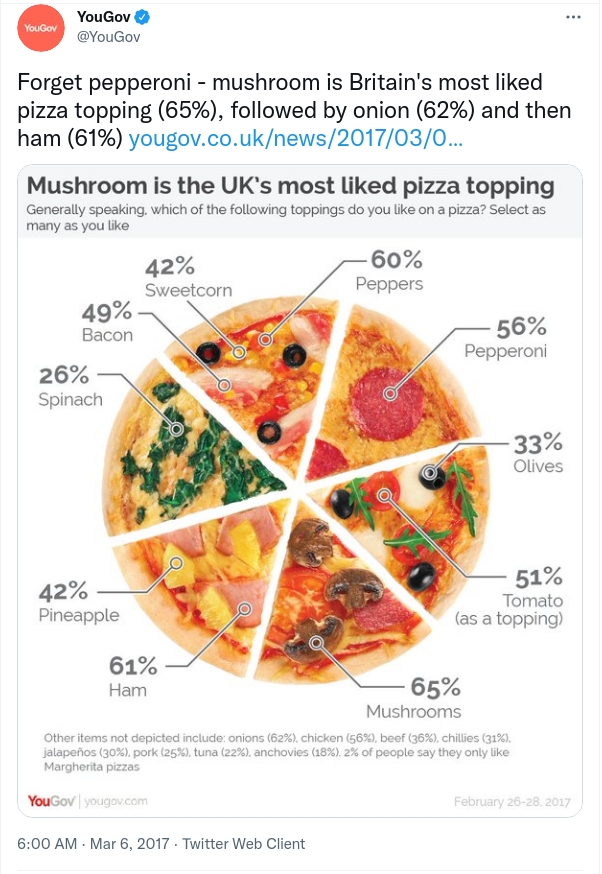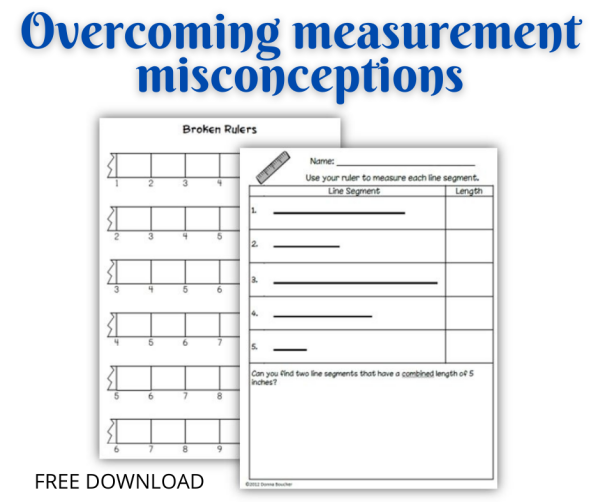 Hi again!
Hi again!
Fall is here (for those of us in the Northern hemisphere. I remember when I was in university, that was my favorite time of year... because of the excitement of what new things I got to study that year. 😀 Now time seems to pass so fast, it's hard to imagine! I mean, we're in September already of this year? I hope you enjoy this month's collection of tips. 😀 |
1. Math Mammoth newsConcerning printed books: if you look at Math Mammoth books on Amazon, it can get somewhat confusing, because Amazon lists a date when the book was originally set up on Amazon. This is not the most useful date, and you can safely ignore it.Often customers want to know which edition the book is. We list that in the description on Amazon, if relevant. The best way to make sure you get the most recent edition is to use the ISBN number. I have a document listing them at the bottom of this page. Here is a direct link: Math Mammoth ISBN numbers (Excel file). Homeschool Together made a 20-minute podcast on Math Mammoth. These folks focus on secular homeschooling and early learners. Enjoy! 😃 Canadian homeschoolers take note! We are working on a Canadian version of Math Mammoth curriculum for grades 1-3! It follows our international version but uses Canadian currency in the money chapter, and is formatted to Letter size paper. In fact, the printed versions of the student worktexts are already available and are listed on this page (under "International"). We are working on the digital versions now, and once done, they will be listed in the top menu of MathMammoth.com under Products → Complete curriculum → Canadian version. I expect them to be available in late September. |
2. Saxon Math versus Math MammothSometimes people ask me about Saxon Math in comparison to Math Mammoth, and someone just did again.So, I wrote an article about it... Math Mammoth vs. Saxon Math. |
3. MathFailsCan you see what's wrong? Here's another one. Does everything look OK?  These are examples of MATHFAILS — photos, advertisements, and graphics from real life where something's definitely wrong, mathematically speaking. They are GREAT for discussion starters with students — and that is why Sarah Van Der Werf has collected them! She has a collection every year. You can find them at her website; for example:
|
4. How to develop a positive attitude towards math?Someone asked me one time:What are the incentives needed in order to develop a positive attitude in children and other students towards mathematics? Now, I don't think special incentives is the main factor in developing a positive attitude towards mathematics. I feel it is sufficient to get a few of the basics right, to make it where students will like math just fine. Disliking math is not something that is inherent in us or in our children. Little children don't dislike math or numbers. They're just fine with them! This "I hate math" or "I don't like math" attitude seems to develop during school years. I also don't think that children dislike reasoning per say, because they're happy to do puzzles and play games where you have to think. And, students' negative attitude towards math also is NOT due to (school) math being difficult. The math we learn in school is not that difficult. If you can learn to read and to use a computer, surely you can learn basic math. It's not that complex. So... here are the two main factors that I feel contribute most to the attitude children develop towards math: 1) The teacher's attitude towards math.Children are copy-cats. They watch us adults and learn from us — in a myriad of ways, and one of those definitely is that they absorb OUR ATTITUDES towards things. If you love math and are enthusiastic about it, it is seen in the way you approach math in your life, and your attitude will be somewhat contagious. This is true the other way around as well: if you don't like math, yet you teach it, students will sense your attitude. 2) The student's experiences with math and how it is being taughtThe way math is taught can make a huge difference, because children easily start disliking math if they don't understand it and/or if they're made to feel dumb or put down in math class. (This is of course true of other school subjects as well. I have had it happen numerous times over the years where a parent of a struggling student would write in, I would advise them as to how to fill in gaps and where to start, and afterwards, the child would enjoy math again. Understanding math is a big key to loving, or at least liking, math. If your child or student doesn't enjoy math or hates math, you might check if they have GAPS. Mathematics builds upon previous concepts like a pyramid, and thus, students with gaps eventually encounter math topics they can't understand. Another way a child can end up hating math is if they are not taught or don't grasp the actual concepts of math, but only try to get by, by memorizing things. For example, a very tight spiraling curriculum that does not allow students enough practice with new concepts can easily cause students to be in tears over math. But it can happen with any curriculum — typically if a child is placed into a wrong level. Timed math drills turn many children into math-haters. Be careful with timed tests/drills, and if you notice negative emotions, such as of inadequacy or feeling stupid, discontinue using them. Some children like timed drills though! One other point to keep in mind is, whenever a student makes a mistake, don't put that down. Mistakes are in fact something valuable, and we need to encourage our children NOT be afraid of mistakes. They are great discussion points, and are a part of the normal problem solving process. Most any time we encounter a problem or a challenge in our lives, we humans first make mistakes, learn from those, and then conquer the challenge. ConclusionThe good news is, you can turn your child's negative attitude around! You can help them to succeed and to truly UNDERSTAND, and in most cases they will start liking math, or at least stop disliking it. This has happened with many Math Mammoth users. I always instruct people to first check the placement tests and use the results to fill in any gaps, with the Blue Series books. These books are by topics and contain all the instruction + exercises necessary. At this link you can download one book from the Blue series for free. |
5. Tick countingDoes your child do "tick counting" on the ruler? This means counting the tick marks instead of the UNITS. Donna Boucher, a math coach & interventionist, offers free downloads of "broken ruler" worksheets to combat this misconception on her page. |
6. Just for fun!
Thanks for reading! 🙂 Feel free to forward this issue to a friend/colleague! Subscribe here. Till next time, Maria Miller |
| Privacy & your personal data | Contact | Math Mammoth freebies | Placement tests |
| Complete curriculum | Working for him (short illustrated poem-video) | Visit us on Facebook | Newsletter Archives |




